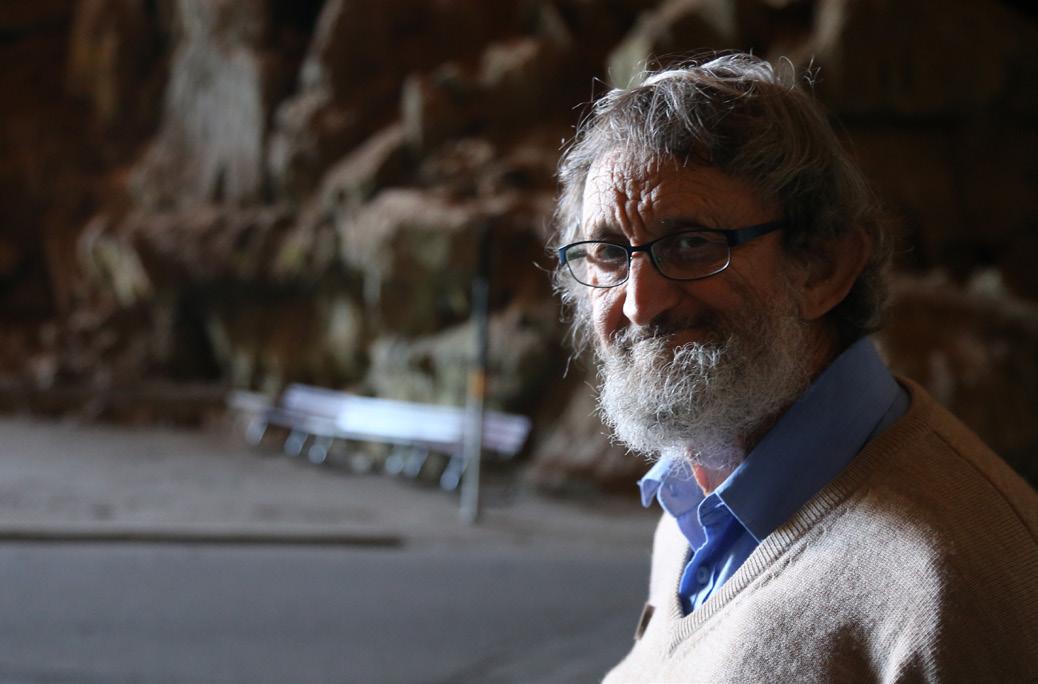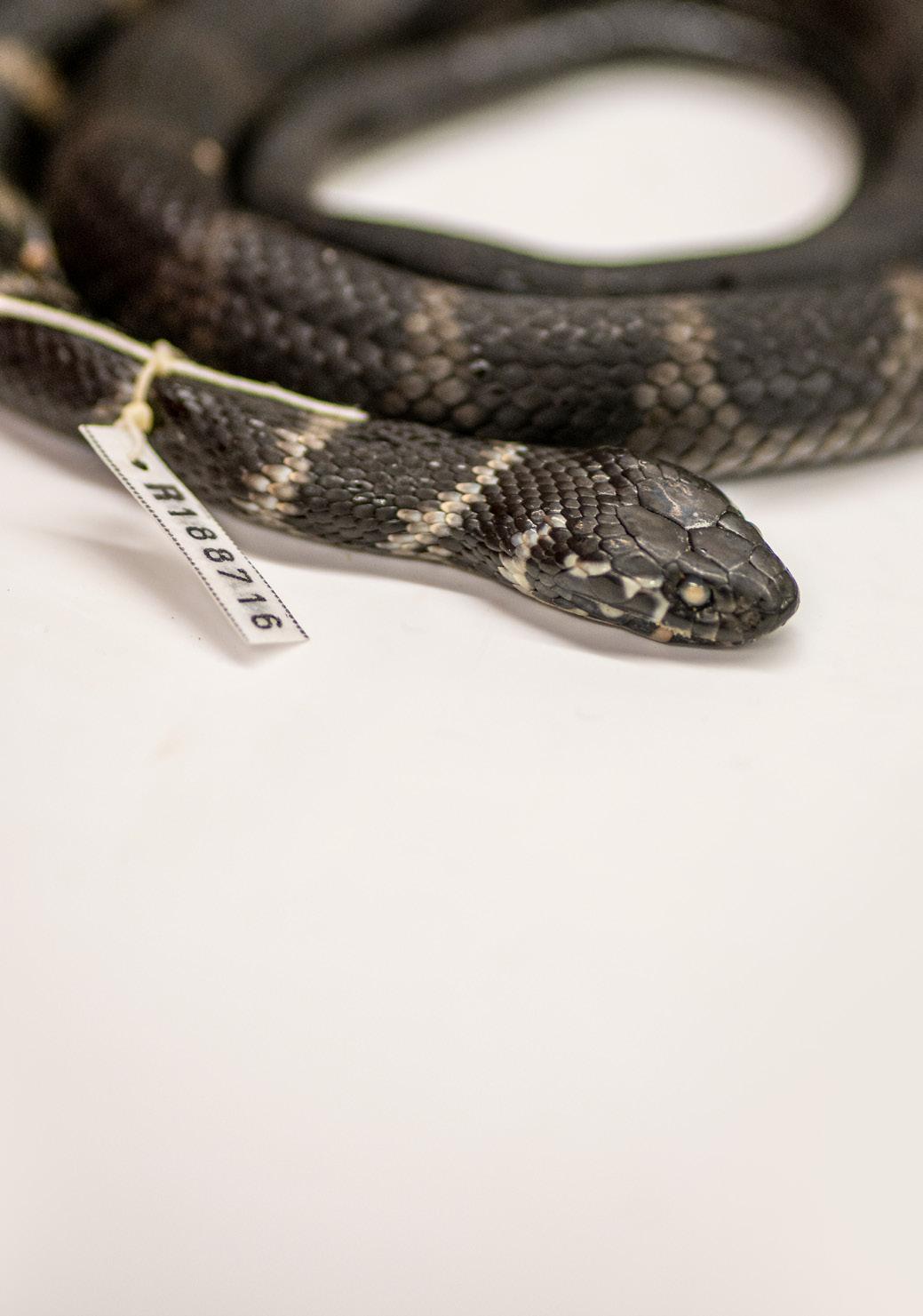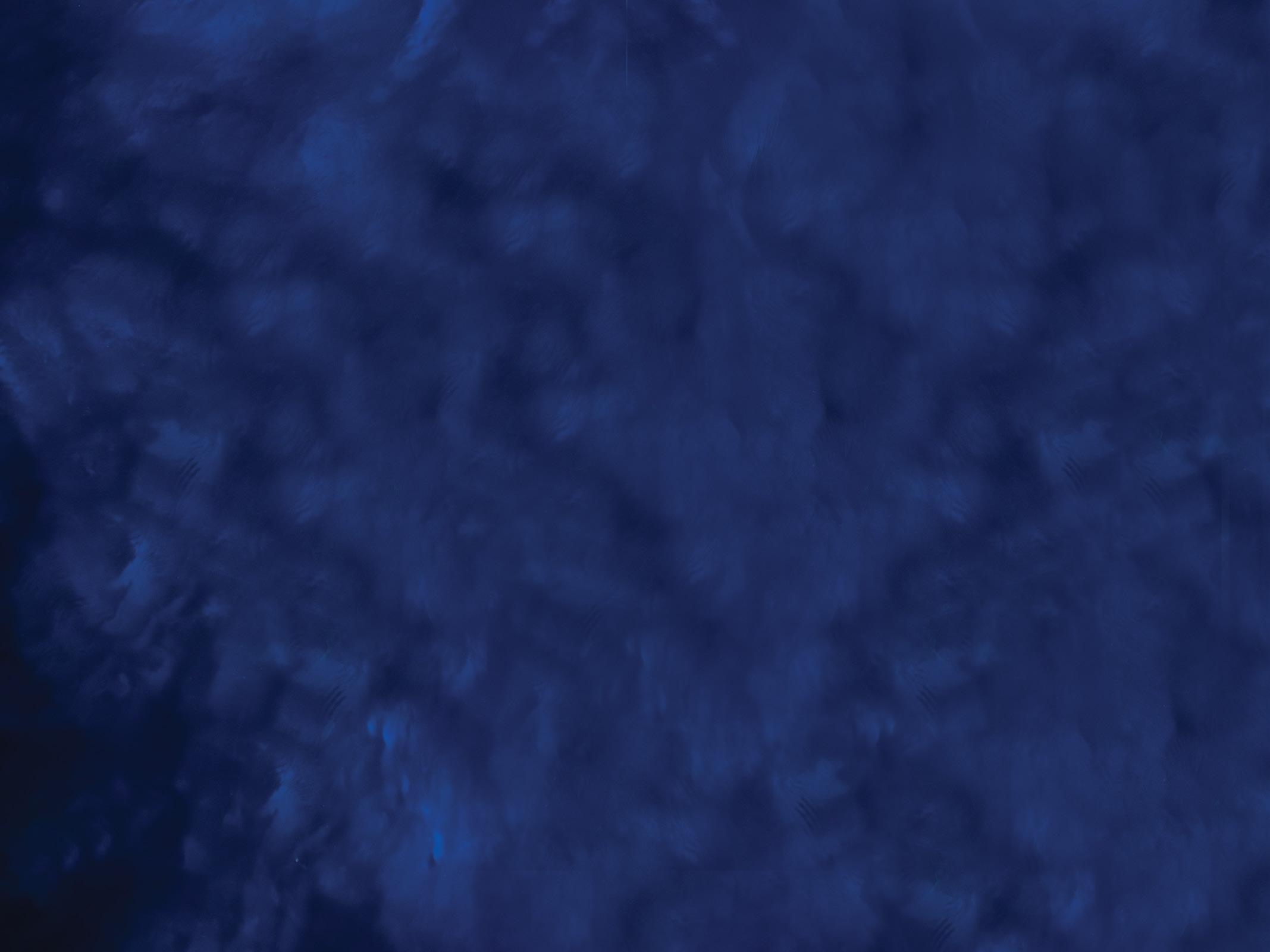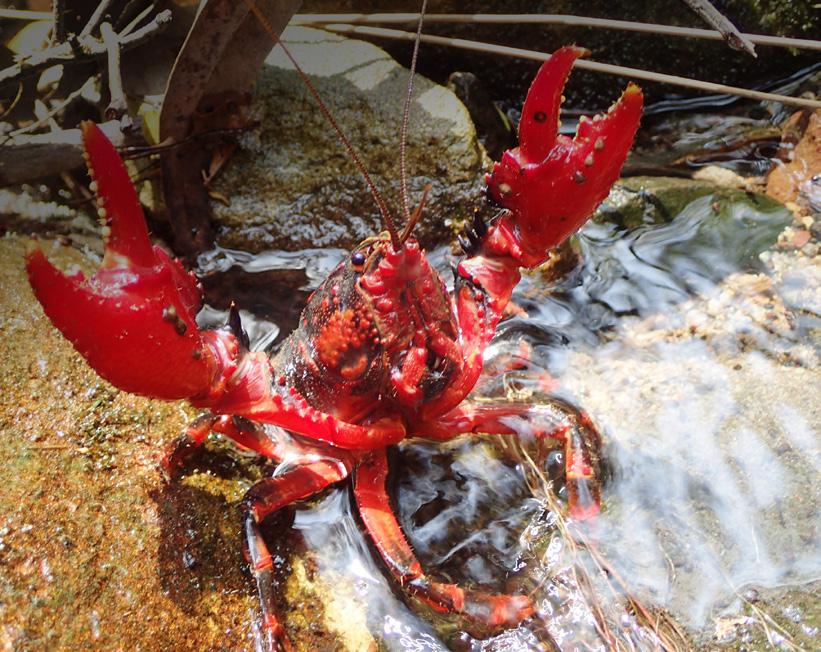
7 minute read
Museum news
The AM expands its Executive Leadership Team
To help the AM achieve its future vision to build a new home for the beating heart of science, education, and cultural knowledge at the gateway to Sydney’s CBD, we welcomed Heather Harris and Brett Ogier to the AM’s Executive Leadership Team. We are lucky to have Heather and Brett on the team and look forward to reaping the benefits of their broad international museum and government experience.

Heather Harris, Chief Operating Officer
In this newly created role, Heather leads the teams at the Museum responsible for commercial activities, building services, technology, people and culture, security, and legal and procurement services. Since being appointed in May 2022, Heather has also led the Master Plan development work at the Museum and a transformation programme aimed at optimising the Museum’s processes, planning, reporting and project management practices.
Heather is an experienced museum director, with extensive knowledge of strategy and policy development for museums, collections management and care, and current museum best practices and trends.
Brett Ogier, Chief Financial Officer
Brett Ogier also joined the Australian Museum in May 2022 and leads the finance division. Brett is responsible for the Museum’s financial and risk management, financial planning processes, performance monitoring, and financial reporting to stakeholders, playing a key role in developing and implementing the AM’s finance strategy.
Brett is a Chartered Accountant and finance executive with over 20 years’ experience in financial leadership roles across listed and government entities, including the past 13 years in NSW and federal government.
Voyage to the unknown

Dr Yi-Kai Tea, Chadwick Biodiversity Research Fellow, Ichthyology
Indigo waters and cerulean skies, separated by an endless horizon. For voyage participants on RV Investigator, this was reality for five weeks at sea. But the calm waters of the Cocos Keeling and Christmas Island marine parks hide an unknown complexity below. Masquerading under the cover of darkness are critters new to science, precisely the sort to pique the interest of the team aboard the Investigator.
In October, seven Australian Museum scientists boarded the CSIRO research vessel to continue our work characterising the biodiversity of some of the deepest parts of this region’s oceans.
Led by Chief Scientist, Dr Tim O’Hara, from Museums Victoria, the AM team were accompanied by fellow scientists from CSIRO, Museums Victoria Research Institute and Western Australian Museum.
Using complex, state-of-the-art bathymetry, the sea floor of the Cocos Keeling Islands and surrounding sea mounts were mapped, uncovering deep trenches, undulating sea mounts and ancient sunken volcanoes. The resulting data is the first for the region, providing a glimpse of the previously unknown topology of this biodiversity hot spot.

Top: A flying fish in waters around the RV Investigator Above: AM scientists Dr Claire Rowe, Dr Yi-Kai Tea, Dr Penny Berents, Dr Elena Kupriyanova, Dr Ingo Burghardt, Ken Graham and Beth Flaxman aboard the Investigator
And a hot spot it was. In addition to mapping, the science team carried out close to 100 operations sampling water and animals from a variety of depths ranging from 300 to 5500m.
The result was a veritable plethora of creatures – some never seen before, some new for the region, all exciting. Of particular interest were organisms living in the abyssal plain, which have evolved a suite of unique qualities enabling them to thrive in these tumultuous conditions. Tripodfishes that “stand” on enormous stilt-like fins, bioluminescent lanternfishes that glow like Christmas ornaments, swimming sea cucumbers resembling headless chickens – these were just some of the many intriguing specimens uncovered living in the murky depths.
The data from this expedition will provide material for years to come. For the scientists, the work’s only just begun.

This research is supported by a grant of sea time on RV Investigator from the CSIRO Marine National Facility. The Chadwick Biodiversity Annual Fellowship is made possible by a generous bequest from Clarence E Chadwick.

Top: Bony-eared Assfish (Acanthonus armatus) collected during the expedition Above: Bathysaurus specimen aboard the Investigator Photos by Yi-Kai Tea

AM conservators assist colleagues in flood zones

Left: Contaminated and muddy collection material. Photo by Julie McCarthy Above: Conservators examining affected paper material. Photo by Heather Bleechmore
In early March 2022, as devastating flood waters receded from Lismore and the Northern Rivers region of New South Wales, the Collection Care and Conservation team stepped up to coordinate the disaster response on behalf of NSW Cultural Institutions and assist two important museums in the region – the Lismore Art Gallery and the Richmond Rivers Historical Society. This was a race against time to prevent further damage to significant collection items. Unlike a bushfire, in a flood it is the period after the initial impact that can cause the most damage to material left sitting in water. Mud and silt left behind by the flood contain contaminants that embed into organic material causing cracking, warping, staining and delamination. The primary concern of rapid mould growth, which occurs in stagnant, humid environments with no ventilation, was already being observed.
Working with Museums and Galleries NSW, Create NSW and private conservation services, the NSW Cultural Institutions (comprising the AM, the Art Gallery of NSW, the Museum of Applied Arts and Sciences and other state-funded institutions) collaborated on a salvage and triage plan that started with the transport of collection material. Historical photographs, maps, posters and a collection of audio-visual material all needed drying out and assessment. Of most concern were three priceless Hannah cabinets that required early transport and gradual drying under monitored conditions to prevent further cracking and delamination of intricate woodwork. Freezer trucks were arranged to transport the contaminated collections to cold storage to buy some time – as mould was already an issue, freezing the material effectively reduced any further deterioration and allowed us to plan the next stages.
A suitable location in Sydney’s CBD was secured for the enormous task of assessing the damage across hundreds of collection items. Once relocated to this building, the collection from the Richmond Rivers Historical Society was allocated across NSW Cultural Institutions who offered specialised support in curation, assessment, documentation and stabilising treatment work to the affected collection material.
The CC&C team will continue to work with the network of preservation support for the Northern Rivers region into the new year and assist with disaster preparedness plans for future flooding.

Celebrating the life of Australian Museum former president Brian Sherman AM
Brian Sherman AM presented with a Lifetime Achievement Award, August 2022. Left to right Ondine Sherman, Emile Sherman, Brian Sherman, Dr Gene Sherman, Professor Tim Flannery, Kim McKay and Professor Kathy Belov. Photo by Tim Levy
Brian brought a depth of empathy, understanding and kindness, which the Museum will continue to carry on in his honour.
The Australian Museum honours the legacy of leading science and arts philanthropist, Brian Sherman AM.
As president of the Australian Museum Trust from 2001 to 2009, Brian ensured the AM excelled as a world-leader in scientific research. He was the founding chairperson of both the Australian Museum Foundation and the President’s Circle of donors, helping the Museum raise vital funds and continue to make a significant contribution to Sydney’s scientific and cultural life.
In December 2020, Brian was named Governor Emeritus in recognition of his $1m contribution to the Australian Museum’s major redevelopment, Project Discover, with the naming of the Brian Sherman Crystal Hall. In 2022 he received the Australian Museum Research Institute Lifetime Achievement Award marking his significant contribution to animal welfare, to the advancement of science, to community and to the Museum.
“Brian Sherman’s leadership and ethics brought a new perspective to the Australian Museum’s operations. His active engagement delivered so much, including the building of the AMRI building in 2008, vastly improving AM storage facilities for millions of specimens and upgrading our scientific research facilities,” said Professor Tim Flannery, Distinguished Fellow in Climate Change.
The Australian Museum extends its condolences to the Sherman family and to the Trustees and staff of the Sherman Foundation.








